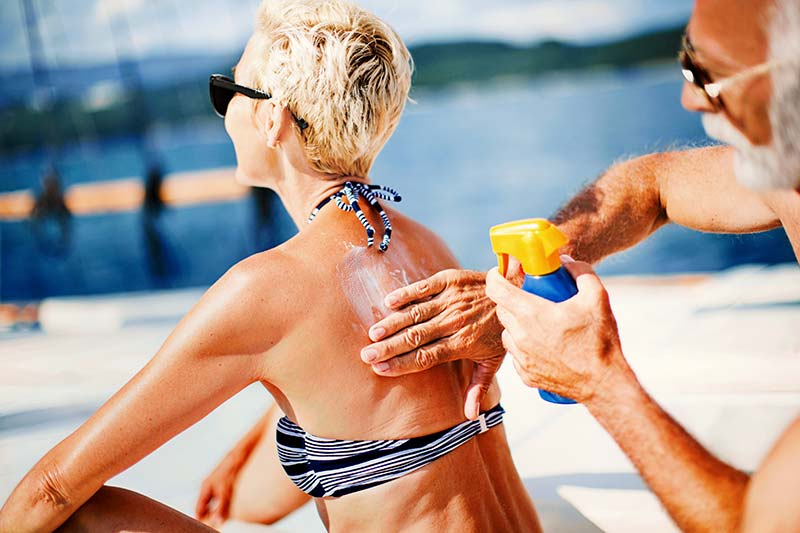
We often get questions about the hydrolyzed fish collagen in our products, and what makes it superior.
But first, what is hydrolyzed collagen?
Hydrolyzed simply means the collagen has been broken down into smaller particles which makes it more easily absorbed in the body. In addition, it is easier to mix and dilute into various drinks and shakes.
Wild fish collagen is superior.
The fish collagen we use in Marine Collagen + Co-Factors comes from the skins of wild, deep-sea ocean fish such as cod, haddock and pollock. We primarily use collagen from cod caught in Icelandic fisheries that are sustainably managed and regarded as a gold standard for responsible fishing. The collagen is then manufactured in Canada in a facility dedicated to marine products.
In sourcing the best fish collagen to use in our products, the choice to go with wild fish was clear. Wild fish are not exposed to antibiotics or hormones the way that farm-raised fish can be. The fish skins are a by-product from the food industry and are only sourced from registered processors who follow acceptable methods to catch fish according to government quotas.
We are very proud of our commitment to sustainable practices and sourcing only the best fish collagen for our products. Unlock your skin’s potential now. Click here to shop Marine Collagen + Co-Factors.

